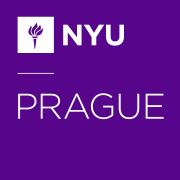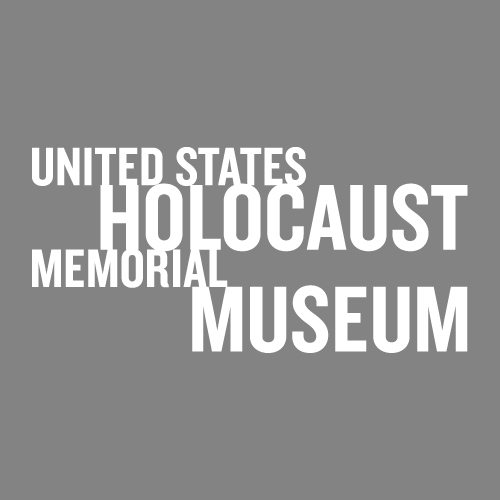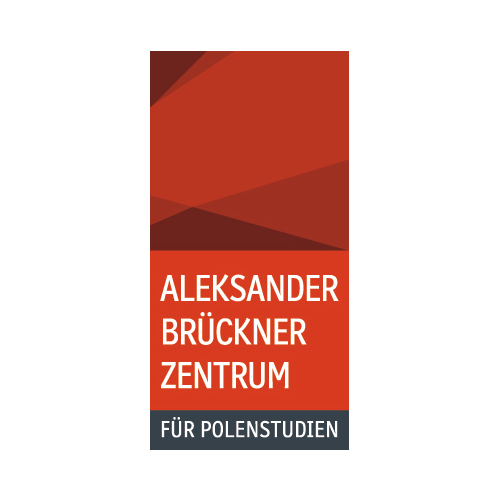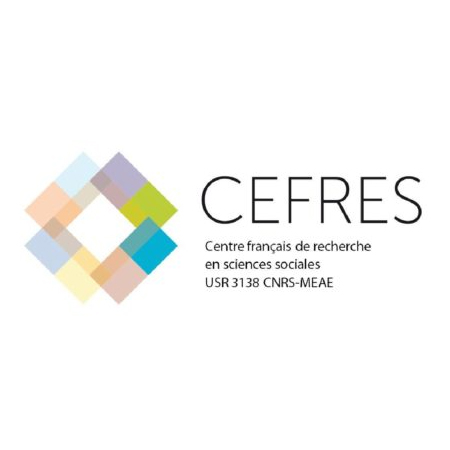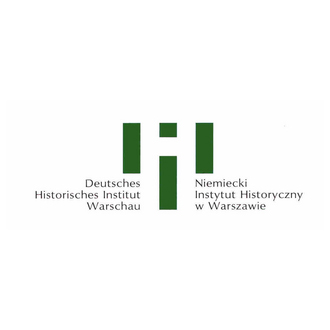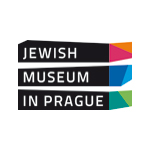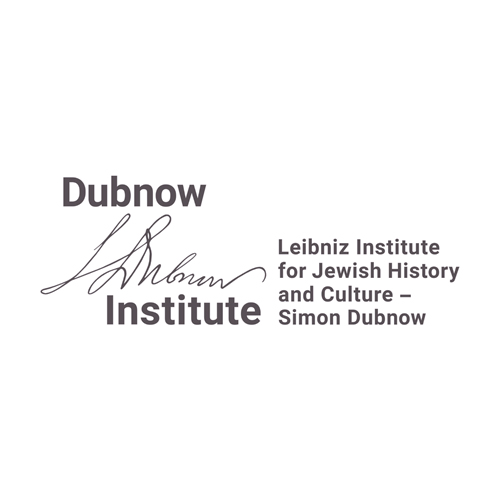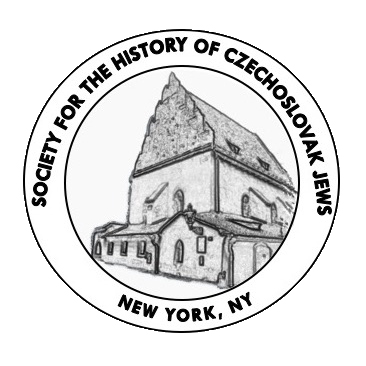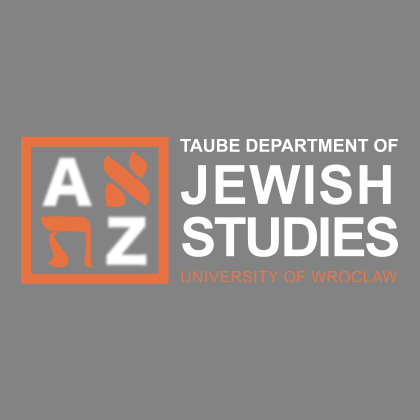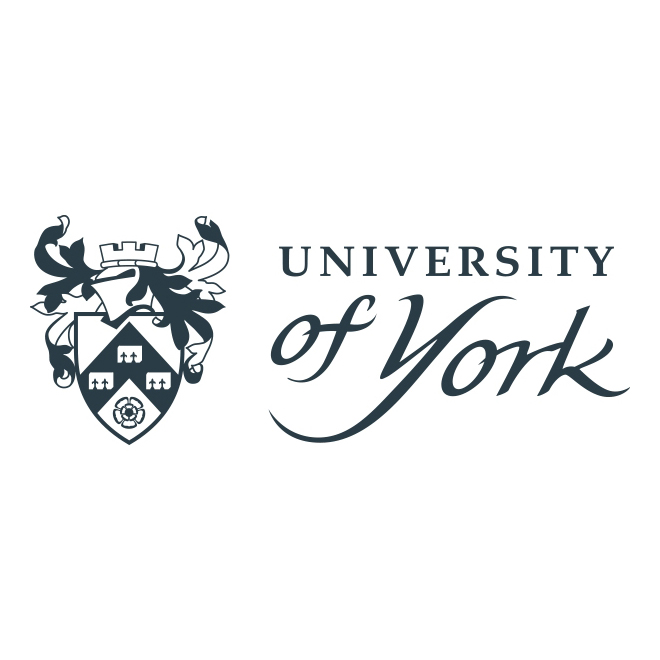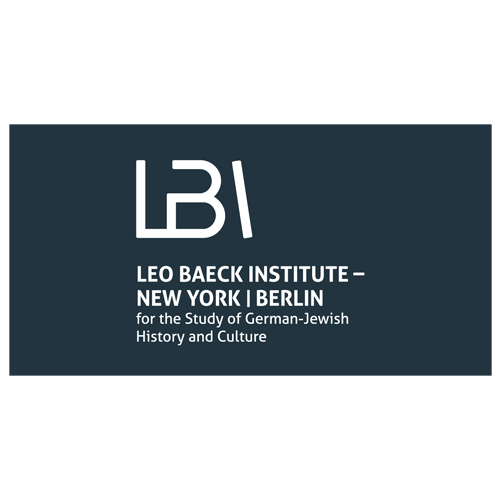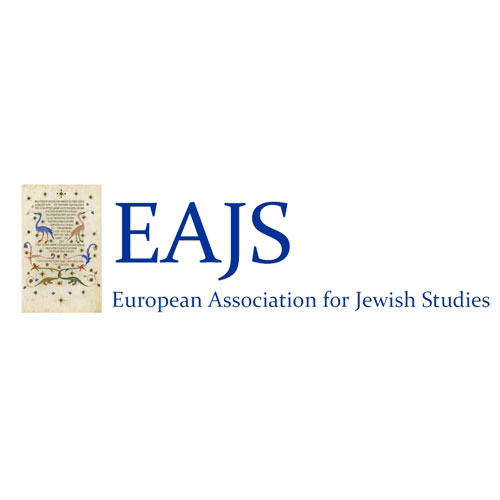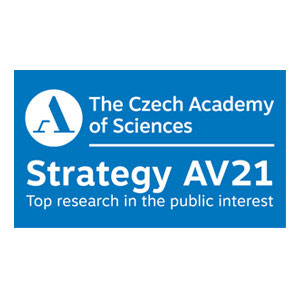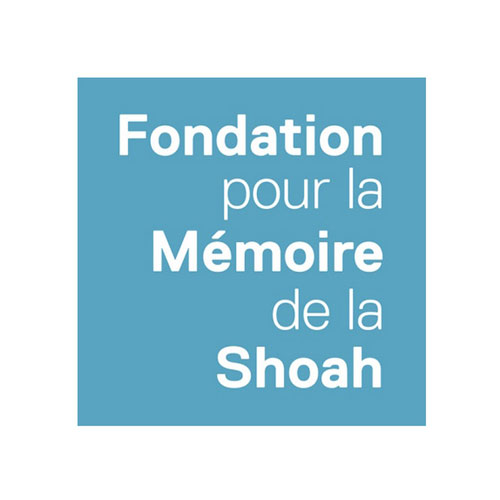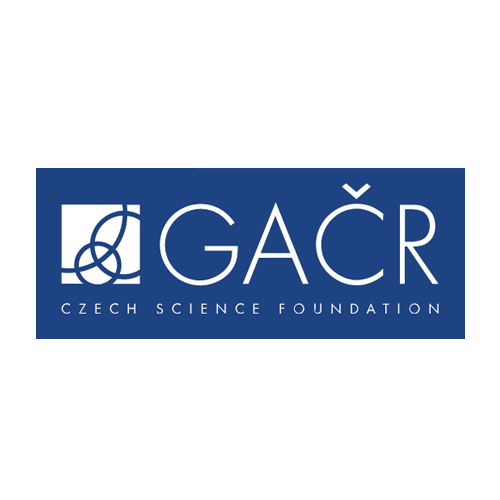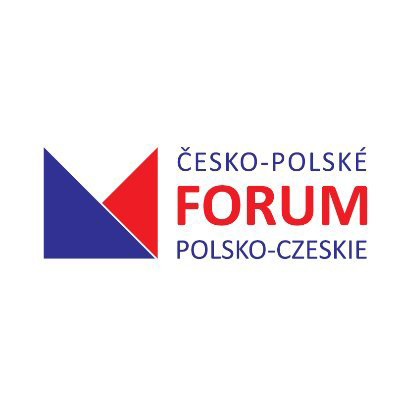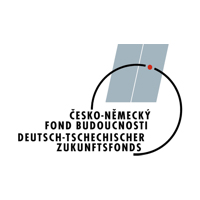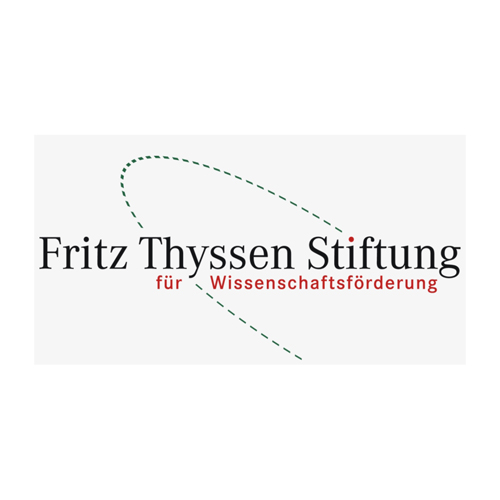The Holocaust and its Aftermath from the Family Perspective
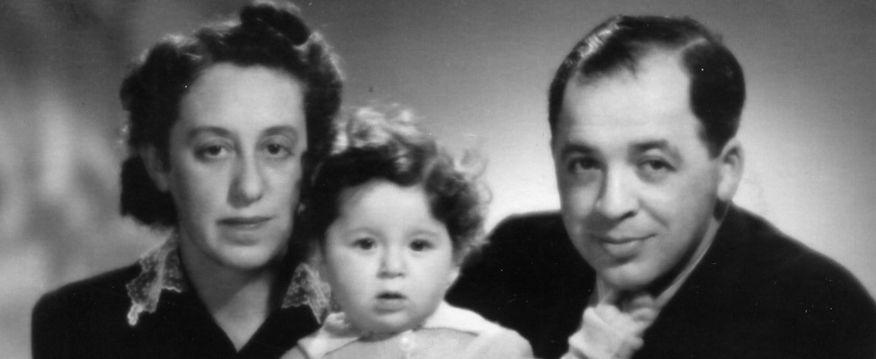
Ella and Otto Deutsch with Zuzana, Prague 1949. Source: Jewish Museum in Prague
15-16 March 2017, Prague
About Programme Location / Accom.
Applying gender analysis to the field of Holocaust Studies has yielded important results. Whereas before the 1990s, most Holocaust scholarship focused almost exclusively on the experiences of male victims, expanding to include women’s experiences has both opened up new areas of inquiry and raised crucial questions about established areas. And yet this developing scholarly conversation has limitations as well. As Joan Ringelheim, an early adopter, pointed out in her later work, scholarship about women during the Holocaust easily becomes essentializing; at times even suggesting that women were somehow more capable of facing the Nazi onslaught. More recently Pascale Rachel Bos has argued that many of the perceived differences between the experiences of men and women may have more to do with the way the different genders were taught to express themselves than with actual differences. Even more fundamentally, however, examining the Holocaust and its aftermath through the lens of gender requires breaking up the Jewish or Roma family.
While there is no question that the Nazis sought to destroy the Jewish and Roma family, it is equally clear that Jews and Roma continually resisted this effort, sometimes in surprising ways. Thus to divide men and women into separate categories is to privilege gender above what may have been an even more crucial element of their identities. Jews and Roma of all genders and ages, and in all of the contexts of the Holocaust, made decisions about flight, passing, hiding, joining together and separating based on calculations of their own survival, but also based on perceptions of the greater good of their families.
This difficult process of decision-making can be traced into the postwar years, when many of the survivors faced the dilemma of where and with whom to start a new family life. Decisions of Jews from Europe regarding whether to stay or to leave the continent have mainly been analyzed through the prism of political and ideological factors. The role of family still plays only a marginal role in the research on the first postwar years, even though creating a new family was one of the crucial—if not the most important—features of the effort of most of the surviving Jews and Roma to start new lives. Research on postwar family life has also revealed the profound influence of war experiences, and of the loss of prewar families, on subsequent generations.
This conference will place the family at the center of discussion. Drawing on the insights of gender analysis, but unfettered from its strict binaries, it will look at the ways in which familial concerns influenced decision-making. When were young people sent away or ahead? How did individuals and families decide who would stay with the elderly or infirm? What factors allowed some families to stay together? How did gender, socio-economic level, religious and political affiliation, geography and chronology affect these choices? And how did all of these factors continue to play out in the postwar period?
We welcome papers touching on these issues across occupied Europe, with special focus on east central and eastern Europe, and from the prewar through the postwar periods. Indeed, decisions about emigration in the late 1930s and through the late 1940s and 1950s are deeply enmeshed with questions of family – with reconnecting with family members and also with the importance of establishing new families.
The one and one half day conference will take place at Villa Lanna in Prague, 15-16 March 2017. We plan to publish an edited volume of selected papers after the conference in order to share our findings and encourage further work in this area.
Thanks to generous funding from the German Historical Institute of Warsaw, the Institute of Contemporary History of the Czech Academy of Sciences and CEFRES Prague, we will be able to offer accommodation and meals for all conference participants. Limited travel subventions may be available for some speakers.
Organizers: Eliyana Adler (Penn State University), Kateřina Čapková (Institute of Contemporary History, Prague) and Ruth Leiserowitz (German Historical Institute in Warsaw).
Conference is sponsored by:




Programme in PDF here.
Photos from the conference here.
Tuesday 14 March
19.00 Dinner, Villa Lanna
Wednesday 15 March
9.00 Welcome
9.15 – 11.00 First Panel
Family and Genocide
Chair: Eliyana R. Adler (Pennsylvania State University)
Dalia Ofer (Hebrew University of Jerusalem)
Narrating Families’ Daily Life in East European Ghettos: Concepts and Dilemmas
Michal Unger (Ashkelon Academic College, Israel)
Separation and Divorce in the East European Ghettos
Volha Bartash (Hugo Valentin Centre, University of Uppsala)
Romani Family in the Holocaust: Ethnographic Field Notes from the Belarusian-Lithuanian Borderland
11.00 – 11.15 Coffee
11.15 – 12.30 Second panel
Family Correspondence
Chair: Kateřina Králová (Charles University, Prague)
Joachim Schlör (University of Southampton)
‘I could never forget what they had done to my father’: The Absence and Presence of Holocaust Memory in a Family’s Letter Collection
Rony Alfandary (Bar Ilan University)
Family Letters from Thessaloniki: Real and Imaginary Consequences
12.30 – 14.00 Lunch
14.00 – 15.45 Third panel
Family and Choice
Chair: Ruth Leiserowicz (German Historical Institute, Warsaw)
Kiril Feferman (Ariel University)
Changing Roles: Flight Decision-making in the Mixed Families in the Soviet Union, 1941
Alina Bothe (Free University of Berlin)
‘This was the last time I saw my mother’ – Families Responding to the First Mass Deportation in October 1938
Atina Grossmann (Cooper Union, New York City)
Negotiating Gender, Family, and Survival behind the Lines: Perspectives from the Margins of Holocaust History
15.45 – 16.00 Coffee
16.00 – 17.45 Fourth panel
Children’s Perspectives
Chair: Clara Royer (CEFRES, Prague)
Boaz Cohen (Western Galilee College, Akko; Shaanan College, Haifa)
Family Survival Strategies as Seen by Survivor Children in Their Early Testimonies
Sarah Rosen (Yad Vashem, Jerusalem)
The Survival of Deported Families in Transnistrian Ghettos as Reflected in Diaries of the Youth
Joanna Beata Michlic (University College London)
Grayer Shades of Jewish Identity: Atypical Histories of Child Survivors from Mixed Polish-Jewish Families in the Aftermath of the Holocaust
18.00 – 19.30
Dinner, Villa Lanna
20.00 – c.22.00
Guided tour of Prague Castle with views of Prague (a private bus will take us there)
Thursday 16 March
9.00 – 10.45 Fifth panel
Imagined Families
Chair: István Pál Ádám (CEFRES, Prague)
Natalia Aleksiun (Touro College, New York City)
Uneasy Bonds: On Jews in Hiding and the Making of Surrogate Families
Rita Horvath (Yad Vashem, Jerusalem)
Hasidic Families under Pressure: An In-depth Analysis of the Holocaust Testimonies Collected by Yaffa Eliach
Viktória Bányai (Institute for Minority Studies, Hungarian Academy of Sciences)
The Impact of the Joint’s Assistance Strategy on the Lives of Jewish Families in Hungary, 1945–49
10.45 – 11.00 Coffee
11.00 – 12.45 Sixth panel
Post-war Dilemmas
Chair: Stephan Stach (Institute of Contemporary History, Prague)
Laura Hobson Faure (New Sorbonne University)
Siblings in the Holocaust and Its Aftermath: Rethinking the ‘Holocaust Orphan’ in France and the United States
Marcos Silber (University of Haifa)
Migrations, Gender and Family: Bottom-Up Perspectives on Migrations and Nation Building in 1950s Poland and Israel
Kamil Kijek (Wrocław University)
Jewish Family Confronting the Holocaust Aftermath and Demise of Modernism: The Case of Polish Lower Silesia, 1945–57
12.45 – 14.00 Lunch
14.00 – 15.45 Seventh panel
Rebuilding the Family
Chair: Kateřina Čapková (Institute of Contemporary History, Prague)
Robin Judd (Ohio State University)
‘Experiencing Family and Home’: Jewish Military Brides, Allied Soldier Husbands, and the Centrality of Kinship, 1944–50
Anja Reuss (Independent historian)
‘Return to Normality’: The Relevance of Motherhood and Family for Sinti and Roma Survivors in the Aftermath of World War II
Sarah Wobick-Segev (Koebner Center, Hebrew University of Jerusalem)
Looking for a Nice Jewish Girl . . . : Personal Ads and the Creation of Jewish Families in Germany during and after the Shoah, 1938–53
15.45 – 16.15 Coffee
16.15 – 17.45 Concluding round table
Eliyana Adler, Kateřina Čapková, Ruth Leiserowitz
Sharon Kangisser Cohen (Yad Vashem, Jerusalem)
18.00 – 19.30
Dinner, Villa Lanna
The conference takes place in Villa Lanna, the participants will be accommodated there as well.
V Sadech 1
Prague 6
phone: +420 224 321 278
How to get there
From the airport
At the bus stop for the 119 bus, just outside the airport front doors, buy a 32-crown ticket from the yellow-orange ticket machine; it will cover for 90 minutes of travel by bus, tram, and Metro (underground) in Prague. Take the 119 bus to the Nádraží Veleslavín Metro station, then go down the stairs to the Metro, and travel to the station Hradčanská. Villa Lanna is a ten-minute from the Hradčanská station (see below).
From the train or the coach station
Trains arrive at Prague Main Station (Praha Hlavní nádraží). From a yellow-orange ticket machine, buy a basic ticket for 32 crowns for 90 minutes of travel by all means of transport in Prague.
Enter the Metro directly at the train station, travel one station to Muzeum, and change onto the green line, which will take you to Hradčanská (the last stop before the Dejvice terminus). If travelling by coach, the Florenc bus station has its own Metro station: get onto the red line and change at Muzeum for the green line to Hradčanská. Villa Lanna is a ten-minute from the Hradčanská station (see below).
The ten-minute walk from Hradčanská station to Villa Lanna
Head for the ‘Bubenečská’ exit, walk straight down Bubenečská Street. At Ronald Reagan Street, with the US Ambassador’s residence on the corner, turn right. At the end of the street, turn left into Pelléova Street. At the end of this street, you’ll see Villa Lanna.
For further tram and Metro information, including timetables and trip planning, visit the Prague Public Transport website .









